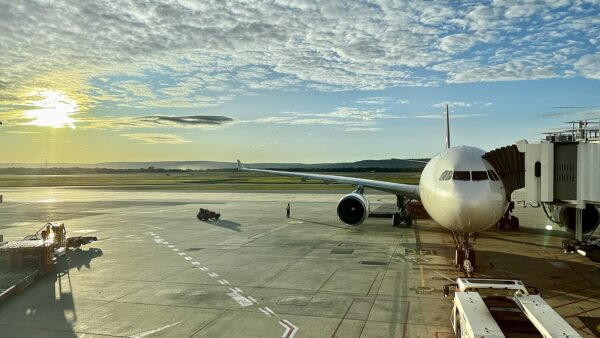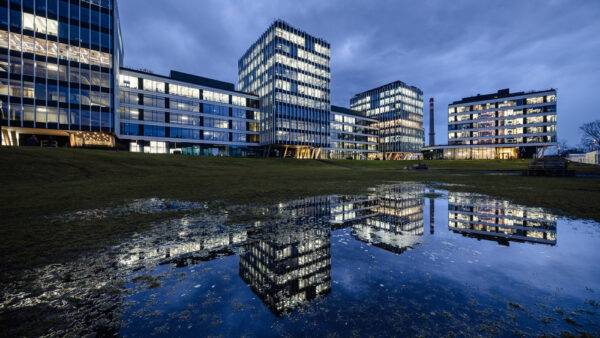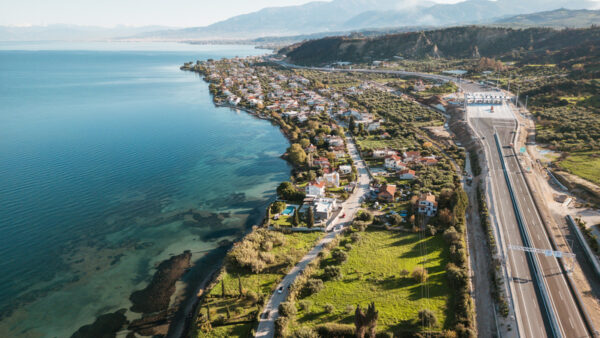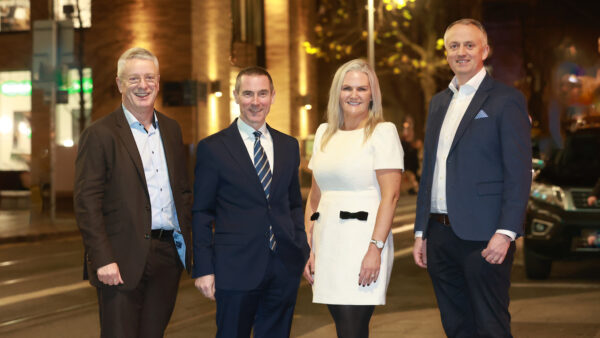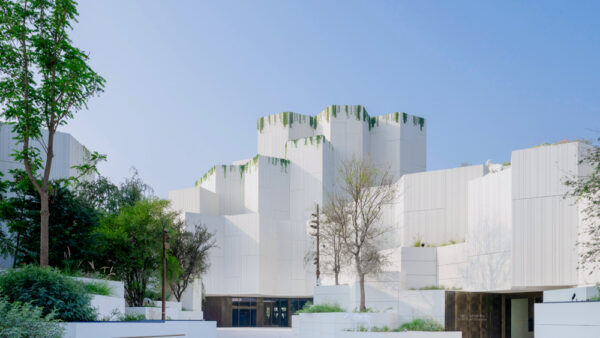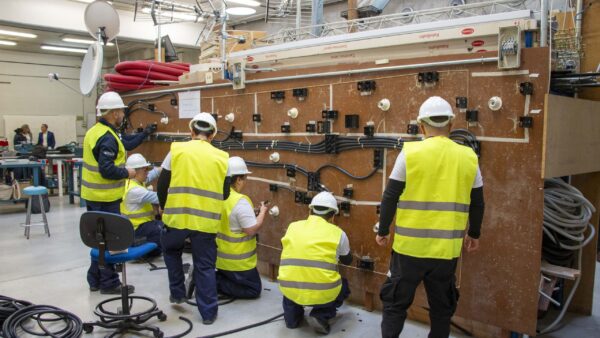The governor of Maryland is so impressed by Japanese magnetic levitation trains (maglev) that he will seek a $28m grant to study the feasibility of one between Baltimore and Washington DC.
After whizzing along at 500km/h on such a train in Japan on Thursday (4 June), Larry Hogan (pictured), a Republican, said it was the “future of transportation”.
He met Japanese Prime Minister Shinzo Abe at the latter’s official residence and signed a memorandum of cooperation between Maryland and Japan on maglev technology.
“It was an incredible experience, even more impressive than I expected,” Hogan said. “There’s no question that this is the future of transportation. It’s incredibly transformative in terms of what it could do for the economy of our region and our state.”
Japan is so keen to convince the American federal government to lay a maglev track between Baltimore and Washington – and later on to New York – that it has offered to go halves on the estimated $10bn cost.
Larry Hogan and others backing the idea say it would cut the travel time from Washington to New York to an hour and replace the region’s increasingly decrepit rail system.
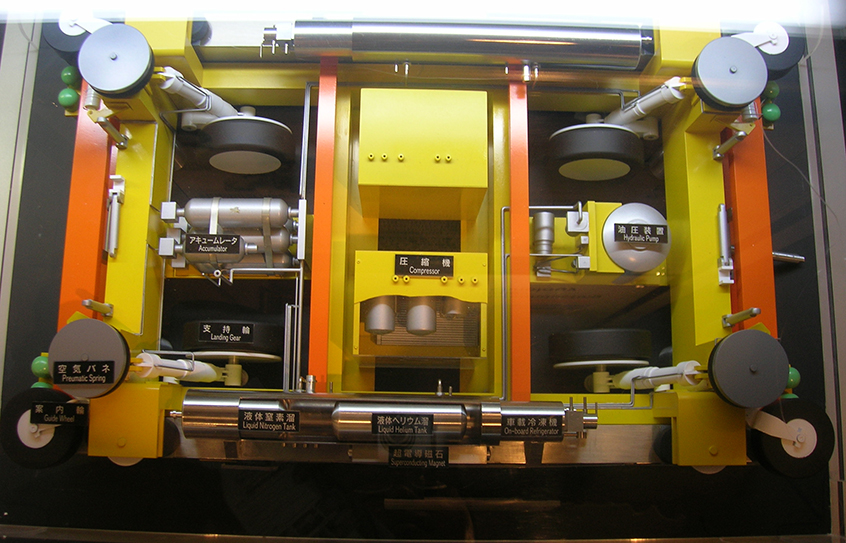
A superconducting magnet bogie. With maglev technology, the track drives the train (Wikimedia Commons)
Their case may be strengthened by the Amtrak derailment in Philadelphia last month, which killed eight people.
A high-ranking Hogan aide in Annapolis told The Baltimore Sun that the administration was not proposing an expensive spending project financed by taxpayers. He said: “This is, as the governor said, a very interesting technology that’s worth exploring. That’s all we’re talking about right now.”
Hogan was joined on the trip by Wayne Rogers, chief executive of Baltimore-Washington Rapid Rail, which has been promoting the maglev line.
Nazih Haddad, the vice president of Rapid Rail, told the newspaper that his company would bear all of the operating costs once the line was running. He said the construction costs would be split between the Japanese government, the Central Japan Railway and the US government, with no need for a state contribution.
Governor Hogan’s 500km/h trip was a bit of a dawdle compared with the train’s actual top speed, which was set at more than 600km/h in April. At that speed, the trip between Baltimore Washington would be complete in less than 10 minutes.

